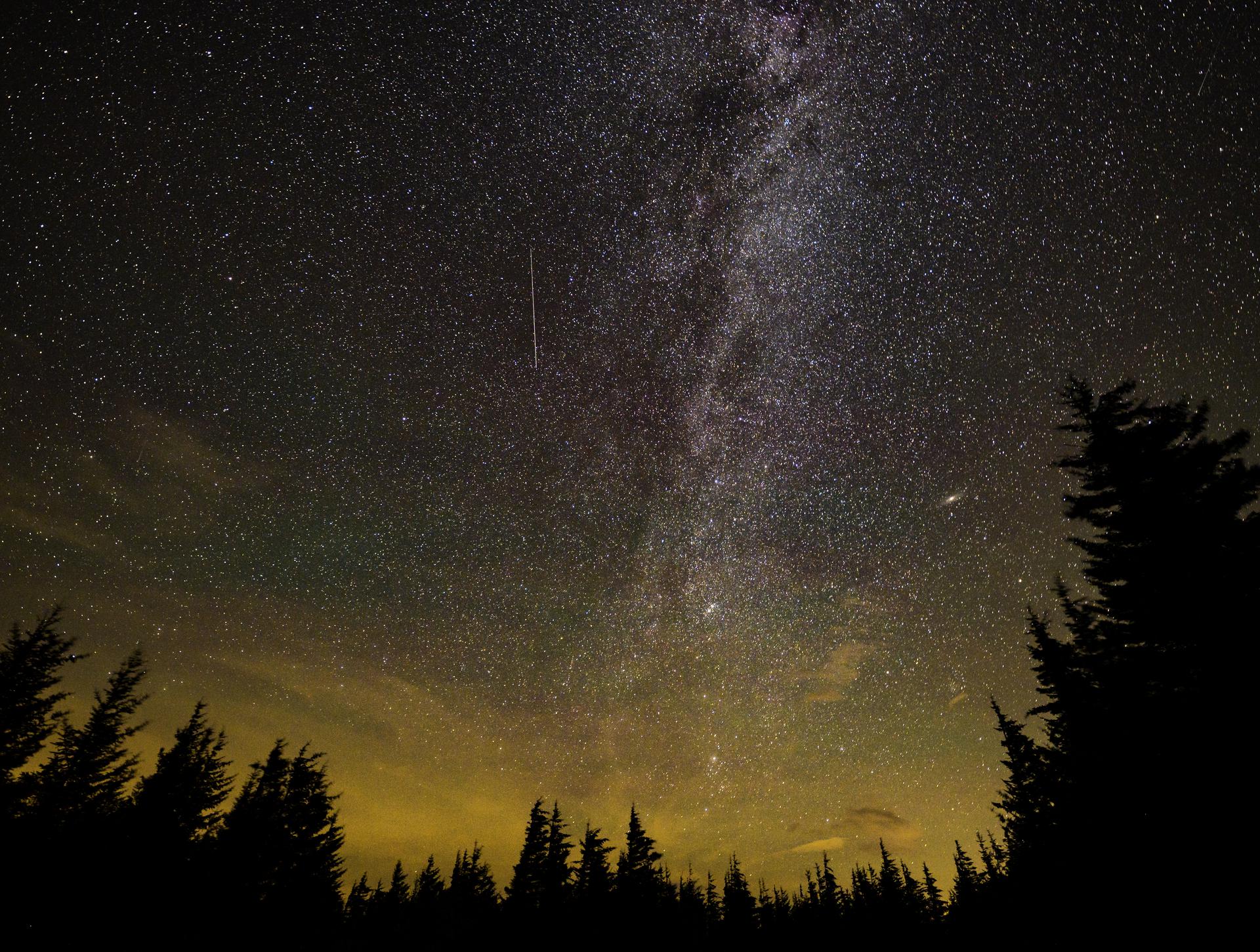A brand new meteor storm could light up the skies today – if it appears
The Tau Herculid meteor shower will be an all or nothing affair

Some meteor showers have been watched in wonder by humans going back to antiquity. Others, like the upcoming Tau Herculids shower, are barely old enough to drink — if they take place at all.
The evening of 30 May and morning of 31 May will be the peak time for observing the Tau Herculids, which could strew the skies above North America with as many as 1,000 shooting stars per hour. That’s a rate that, if observed, would qualify the Tau Herculids as a meteor storm, not just a meteor shower.
But there’s a catch: Those who stay up or get up to try and catch the peak of the Tau Herculids — 4.45 to 5.17am GMT or 12.45 to 1.17am EDT on Tuesday 31 May, or 9.45 to 10:17pm PDT — might see nothing at all. And that has everything to do with the recent origin of this all or nothing meteor event.
Many meteor showers result when Earth passes through the tail of debris left by a comet in its long orbit around the Sun. The annual Lyrid meteor shower, for instance, which lit up the skies in late April, results from the trail of dust particles left by the Comet C/1861 G1. Although the comet was discovered in 1861, records of humans watching the resulting meteor showers date back 2,700 years.
The comet behind the Tau Herculids is 73P/Schwassmann-Wachmann, or SW3, a very faint comet discovered in 1930. But in 1995, this faint comet grew hundreds of times brighter, leading astronomers to believe it had fragmented.
By the next pass of SW3’s near Earth in 2006, astronomers identified more than 70 pieces of the once unitary comet, and found it was still fragmenting.
That ongoing fragmentation is the key to whether or not sky watchers will get a meteor storm or a new Moon sky strewn only with stars and planets, according to Bill Cooke the head of Nasa’s Meteoroid Environment Office at Marshall Space Flight Center in Huntsville, Alabama.
“This is going to be an all or nothing event. If the debris from SW3 was traveling more than 220 miles per hour when it separated from the comet, we might see a nice meteor shower,” Cooke said in a statement. “If the debris had slower ejection speeds, then nothing will make it to Earth and there will be no meteors from this comet.”
For those willing to watch on the chance of a good show, the meteor shower radiant — or point in the sky from which many of the shooting stars will appear to originate — will be slightly west of the constellation Hercules. This should be above the horizon all night long for viewers in the Northern hemisphere and for many in the Southern hemisphere as well.
While finding the radiant is a good way to get oriented in the sky, meteors can appear anywhere during the shower/storm, so keep an eye on the entire sky. With a new Moon, visibility should be excellent, pending local weather getting in the way.
Join our commenting forum
Join thought-provoking conversations, follow other Independent readers and see their replies
Comments


Bookmark popover
Removed from bookmarks